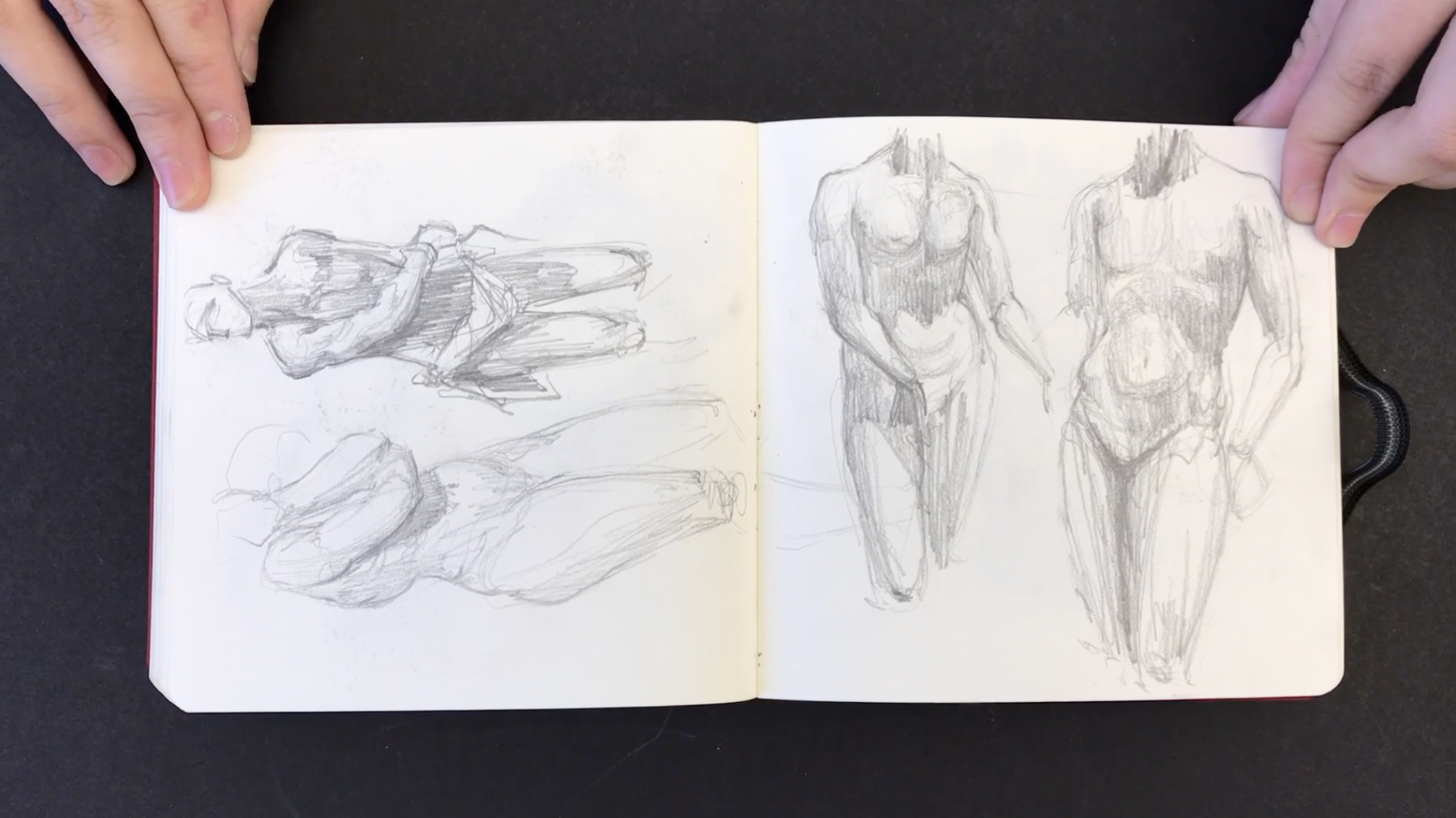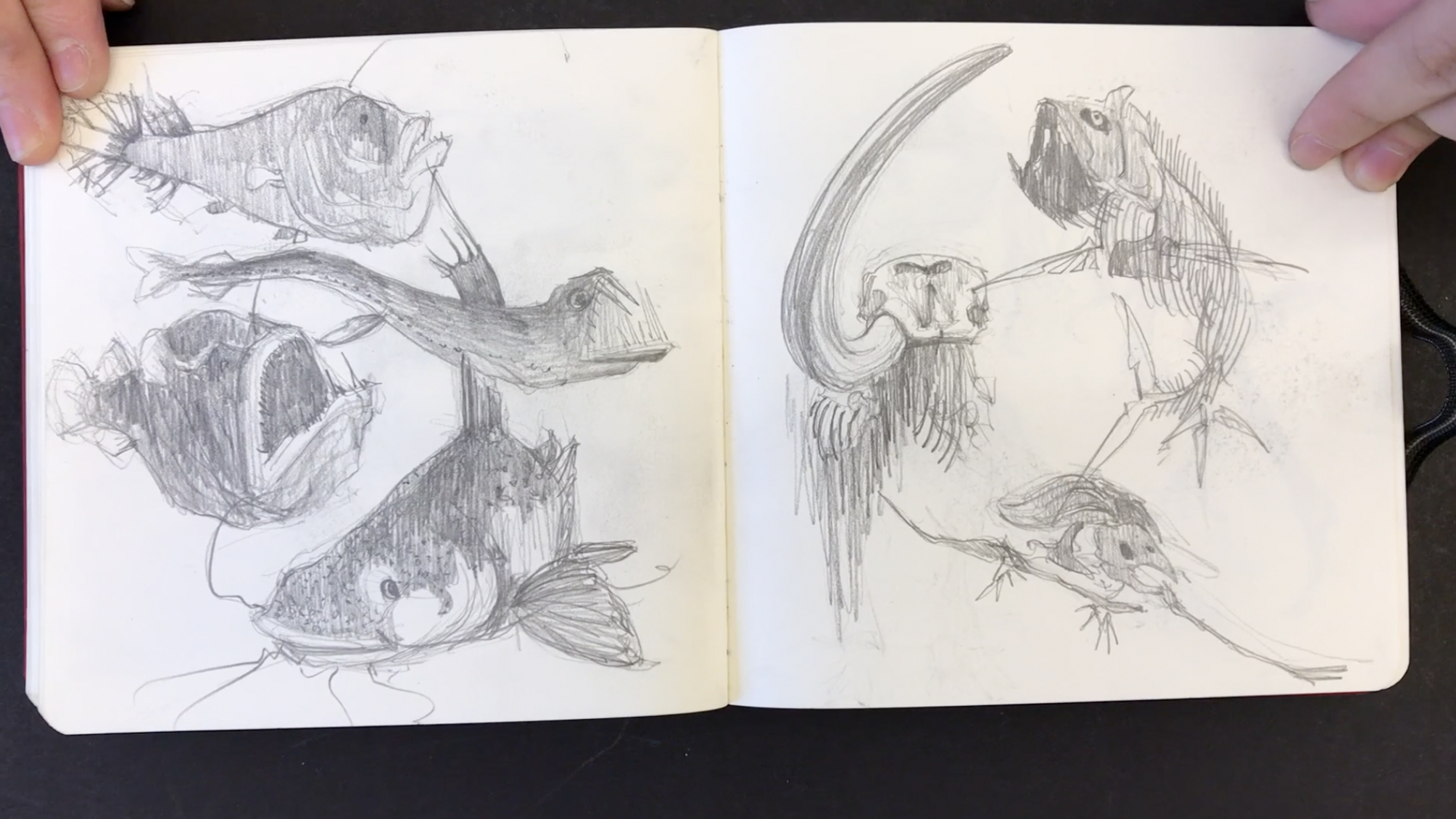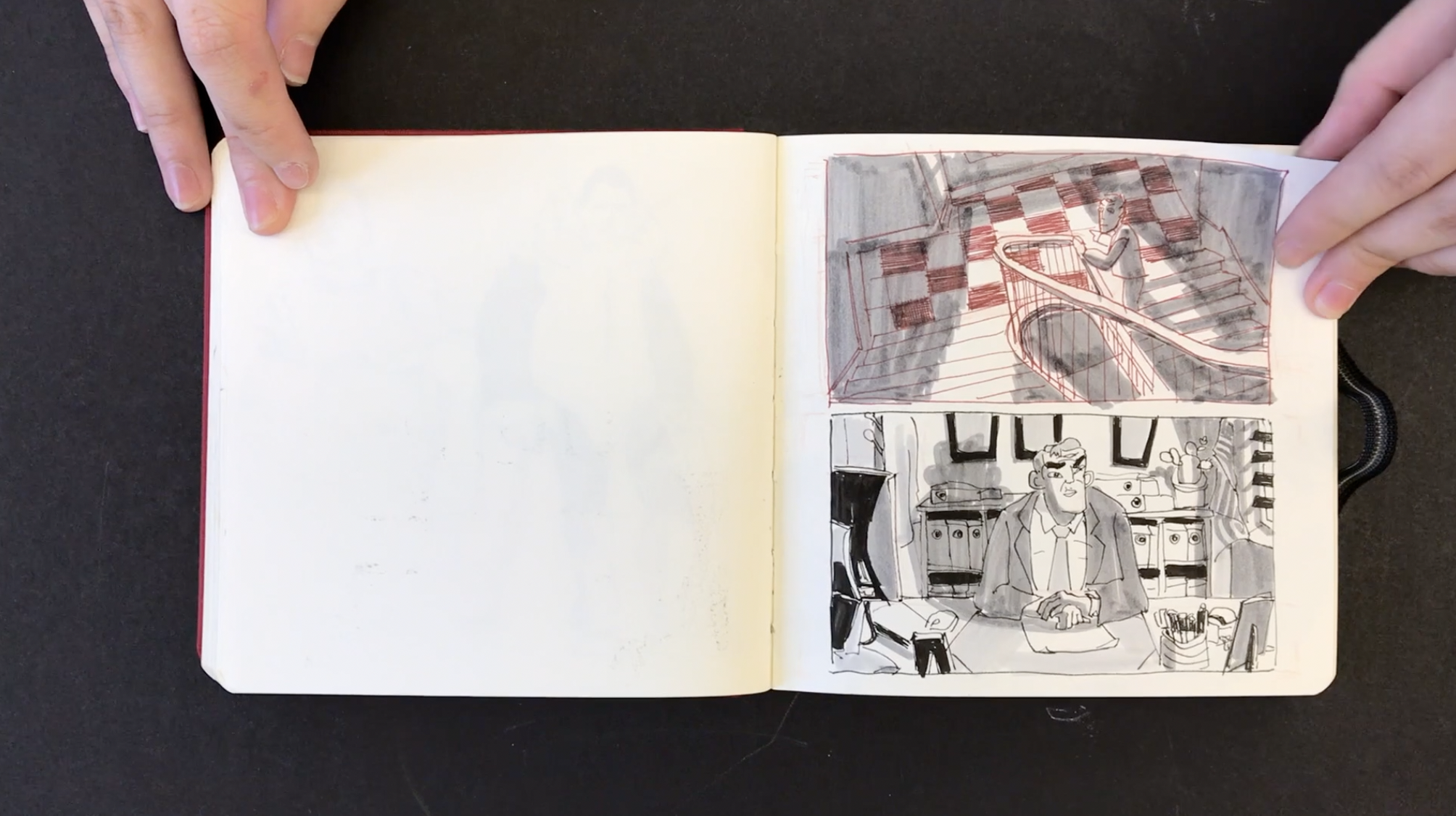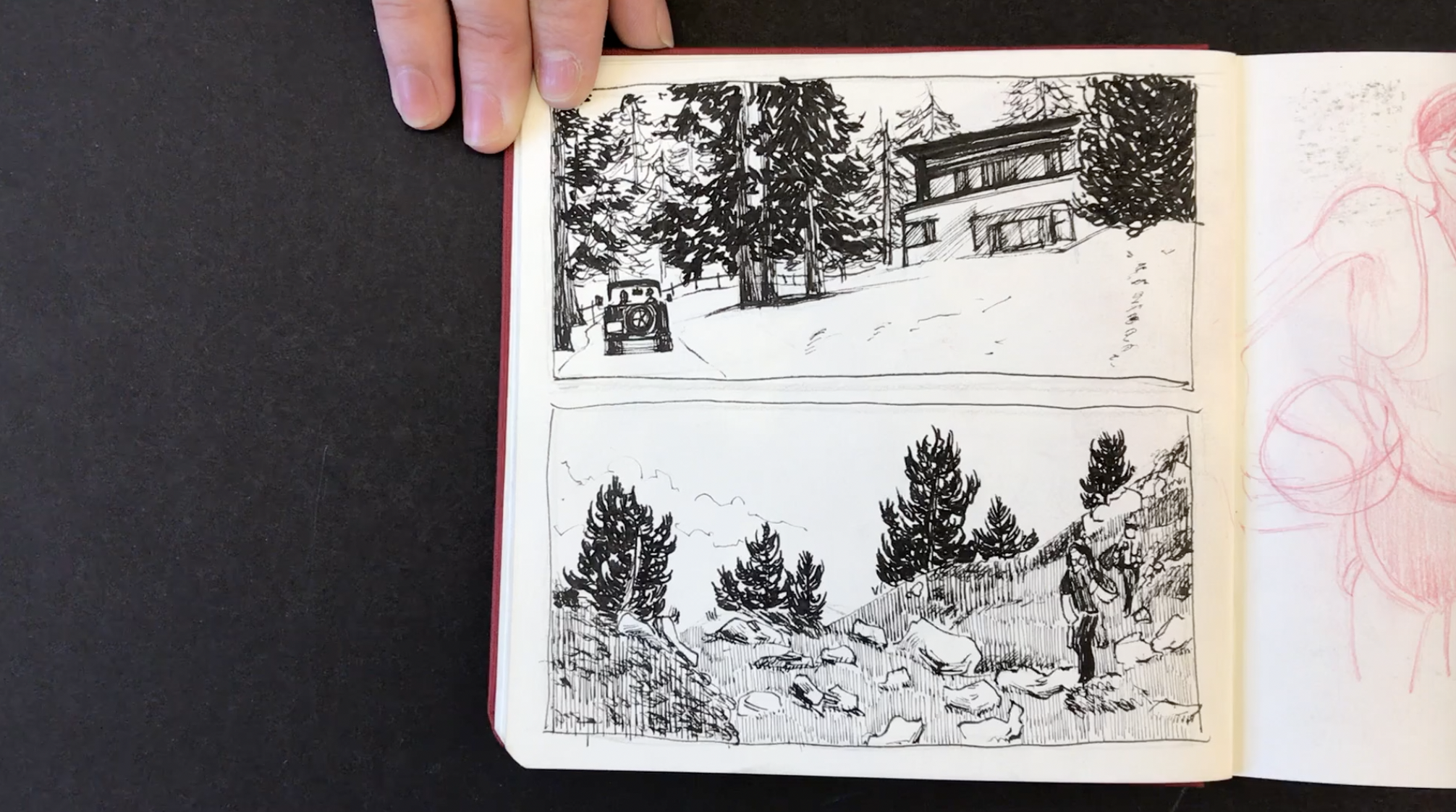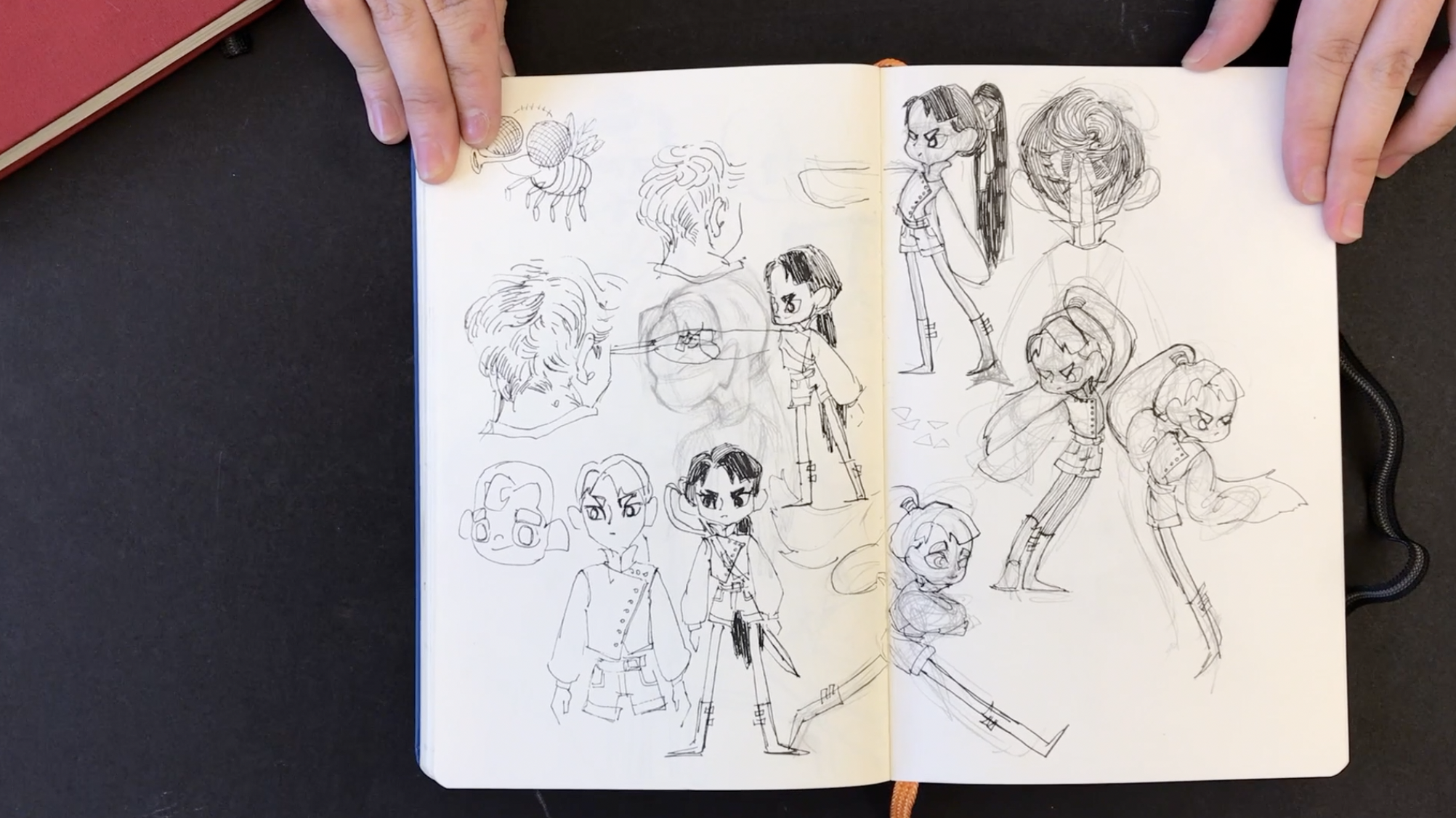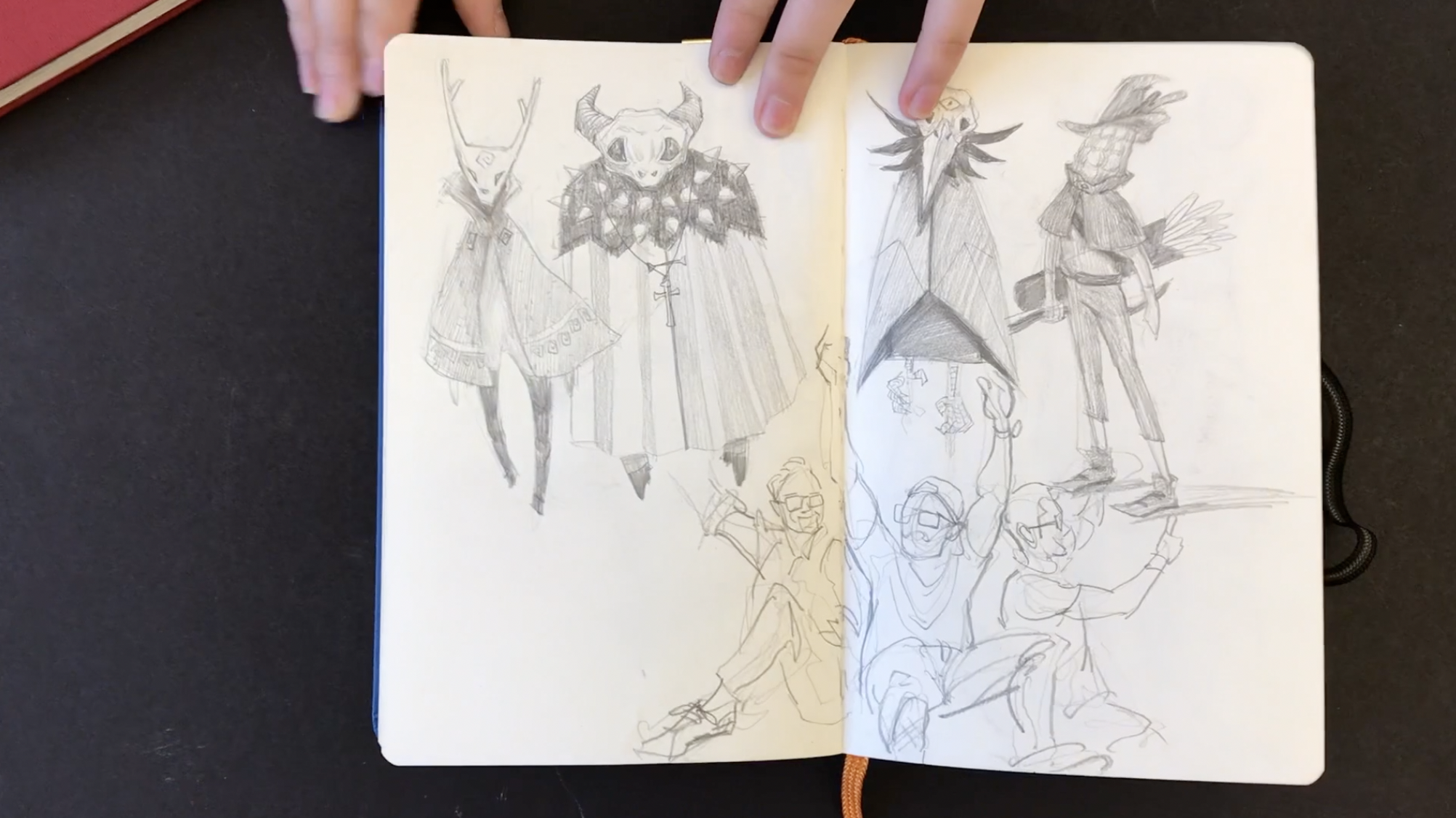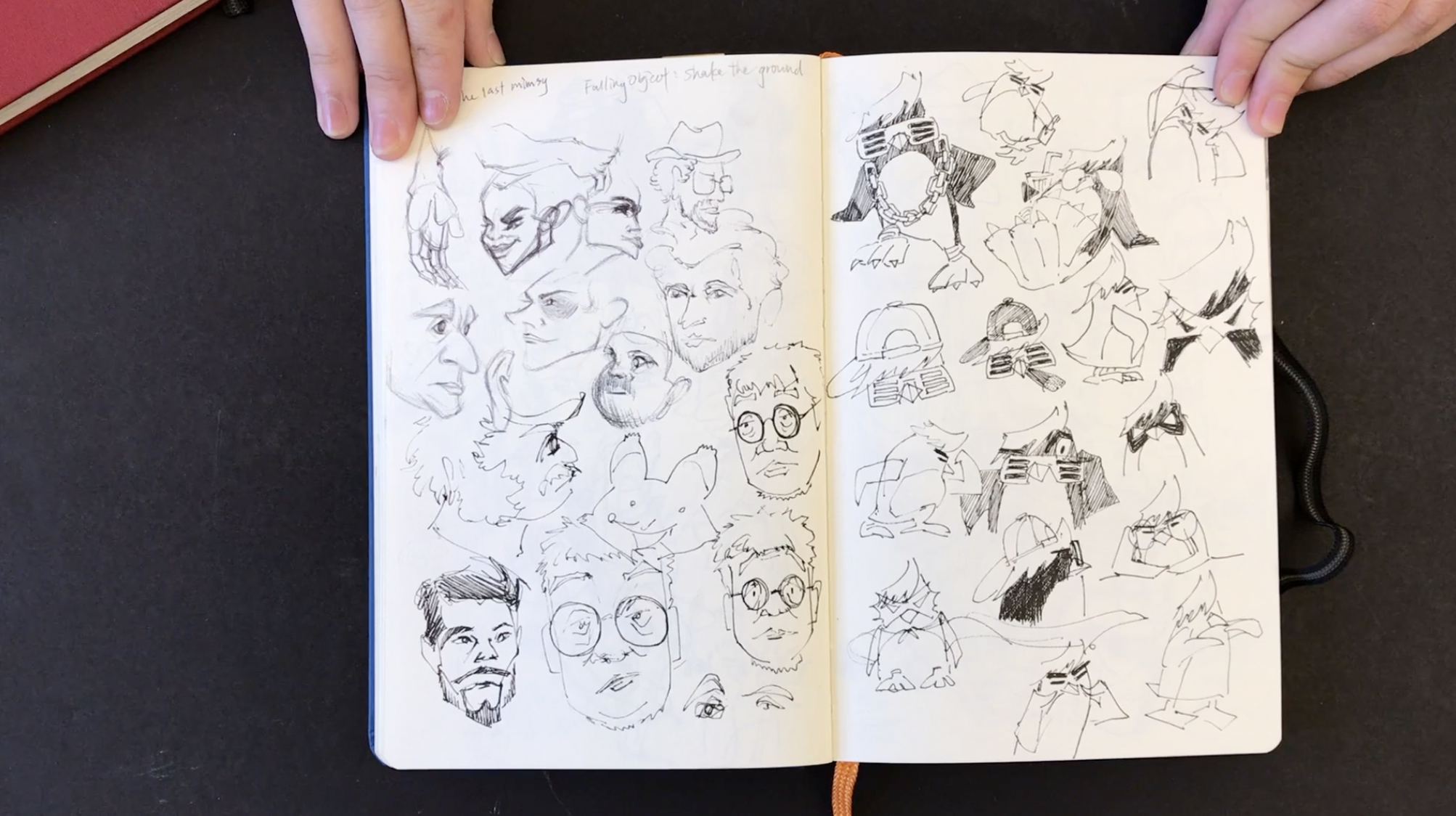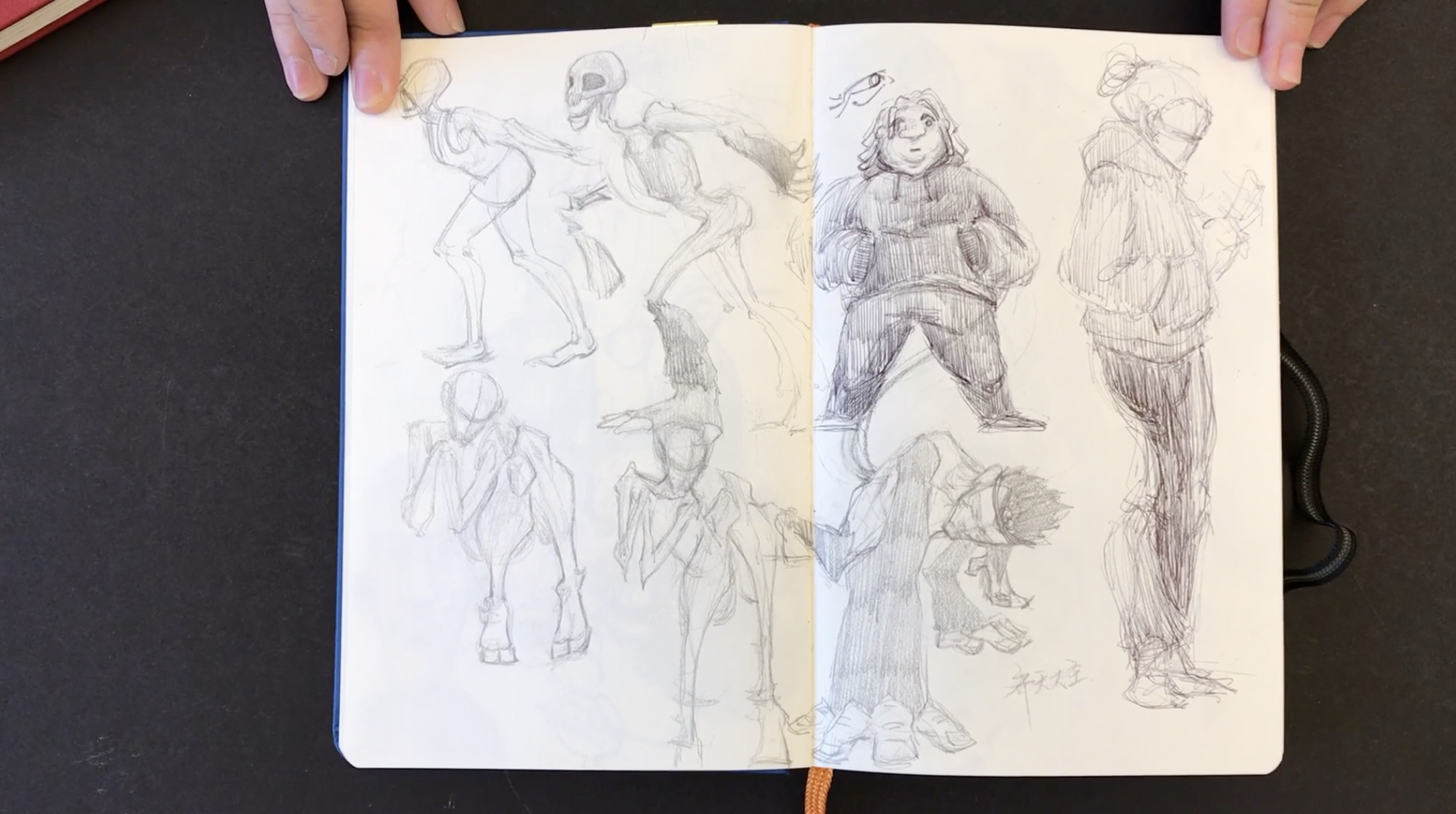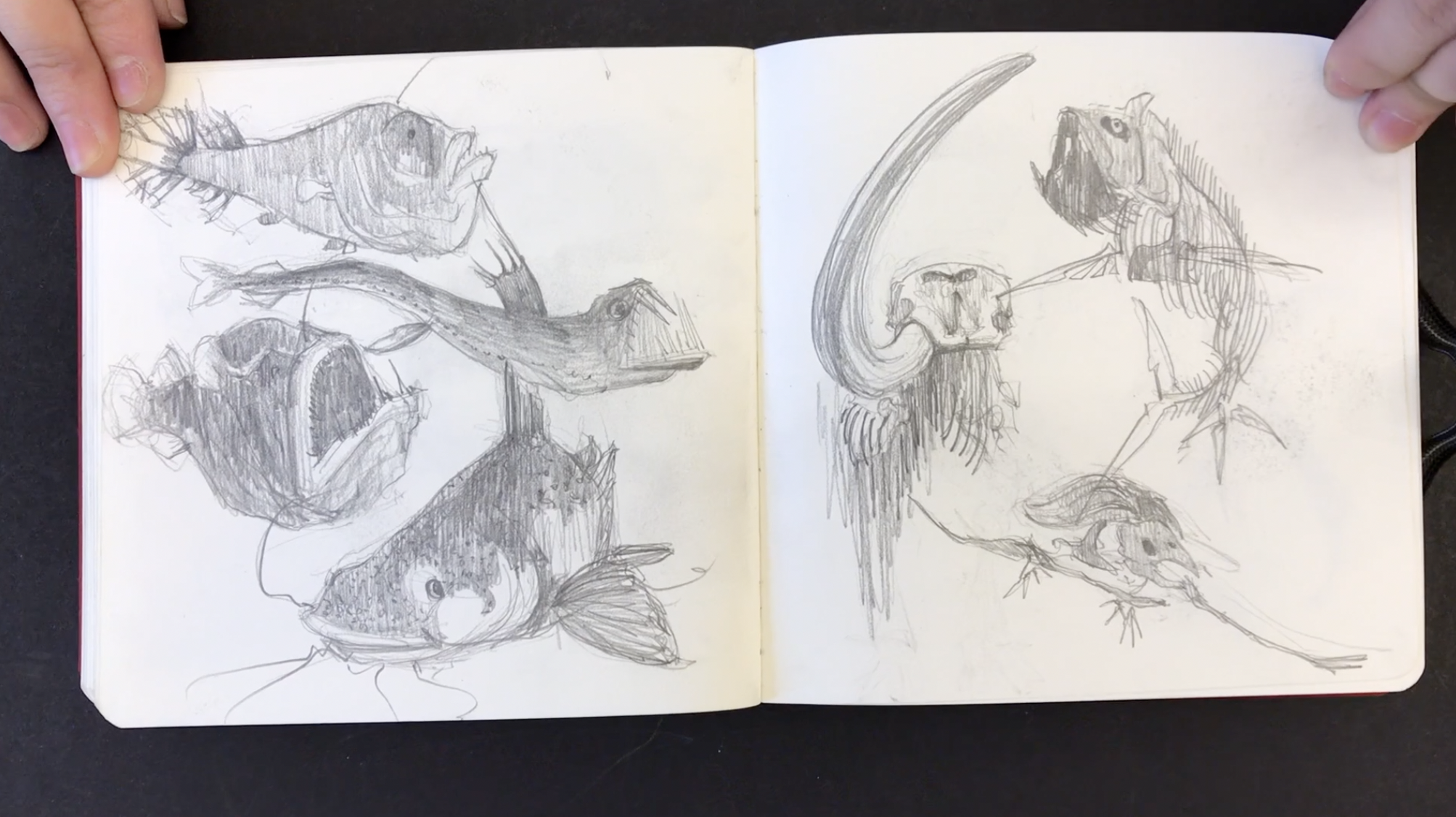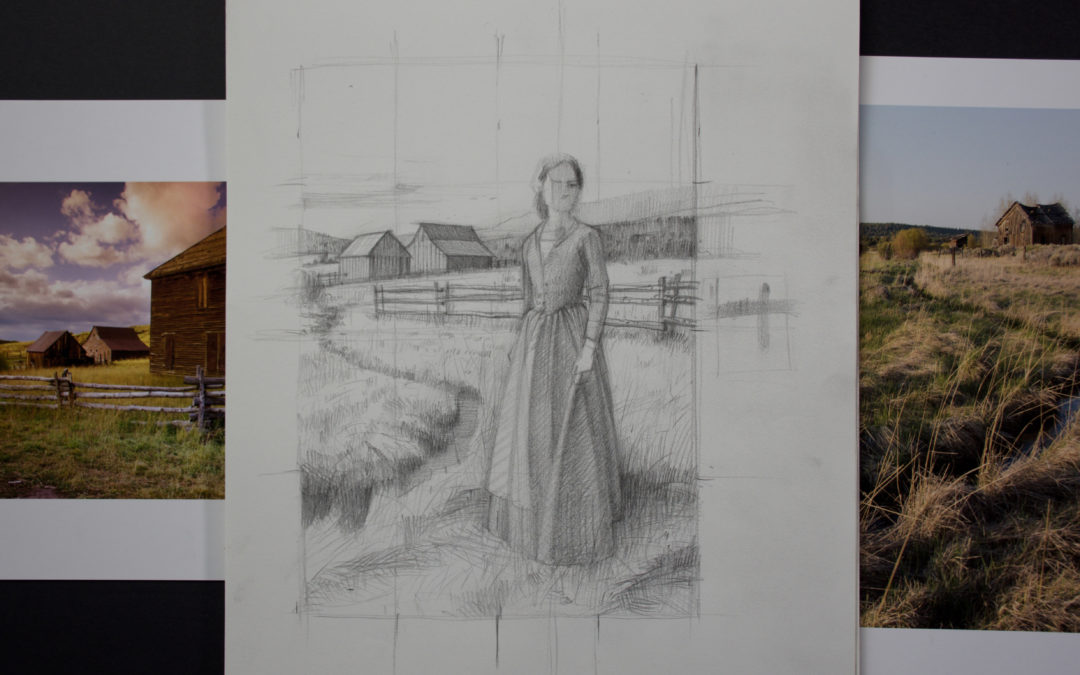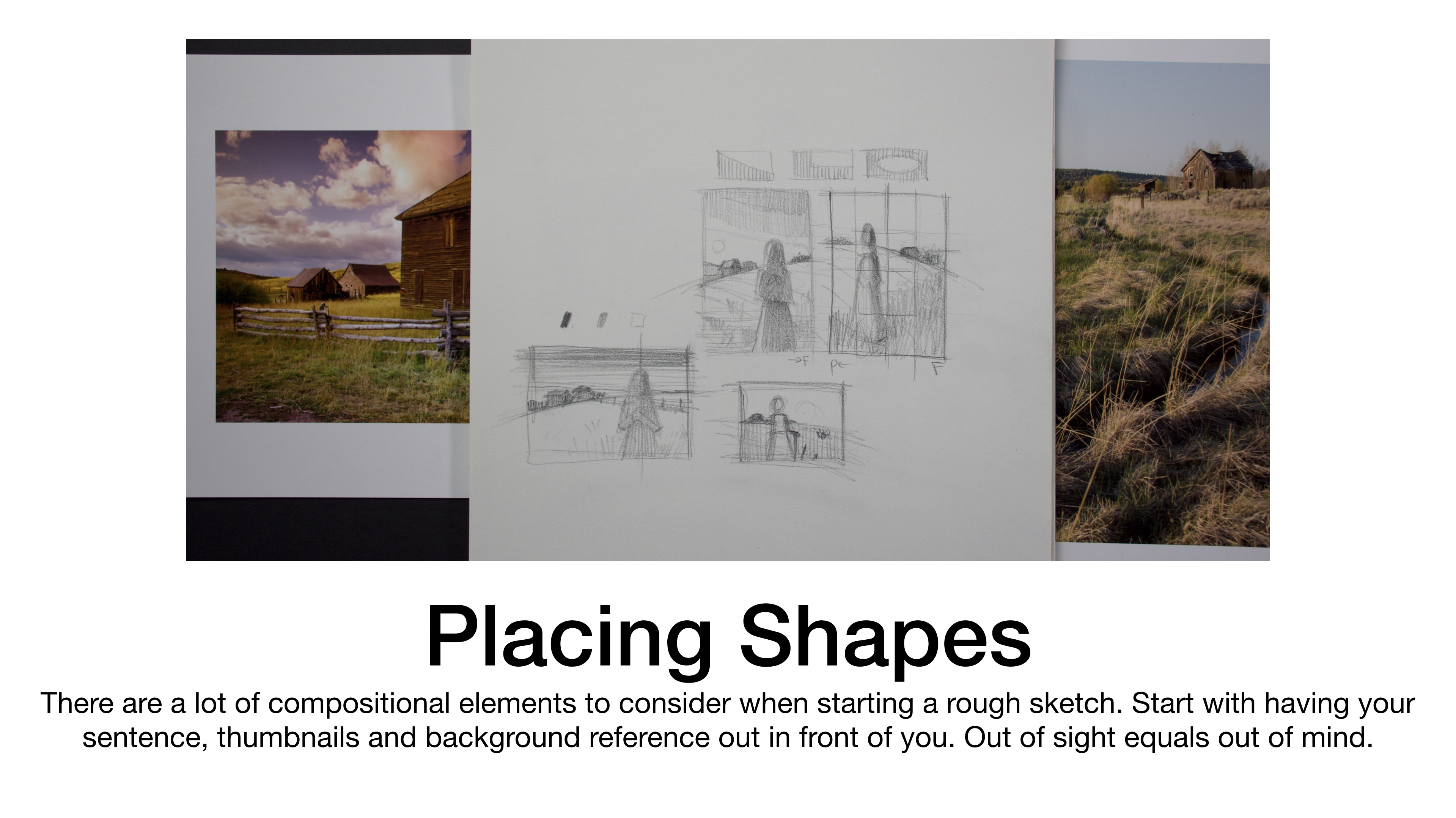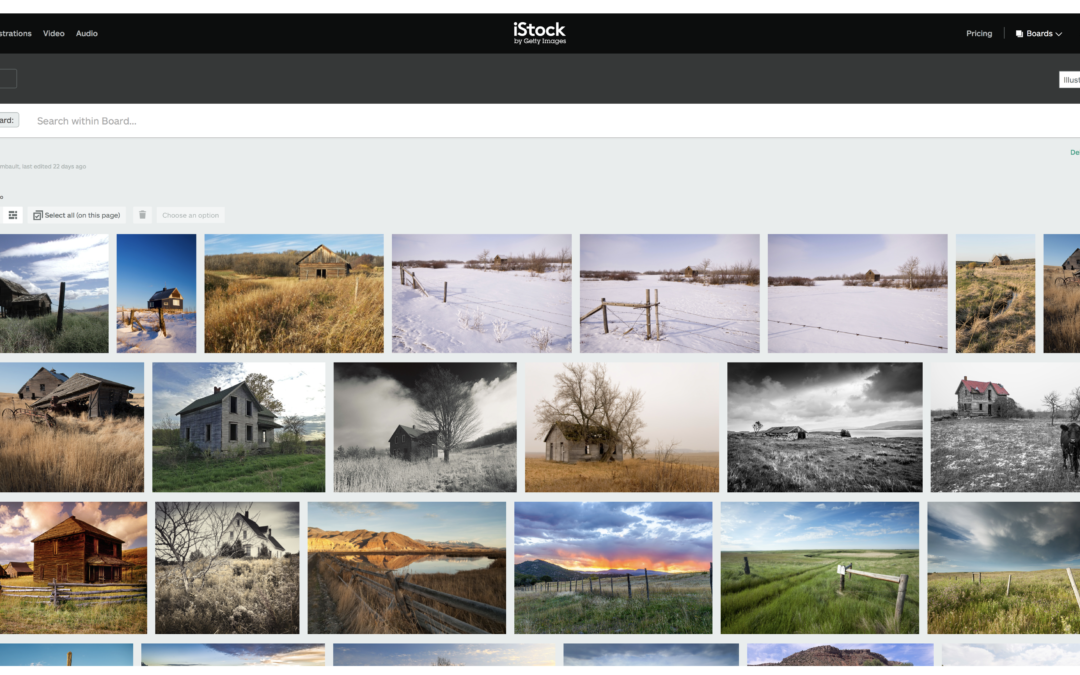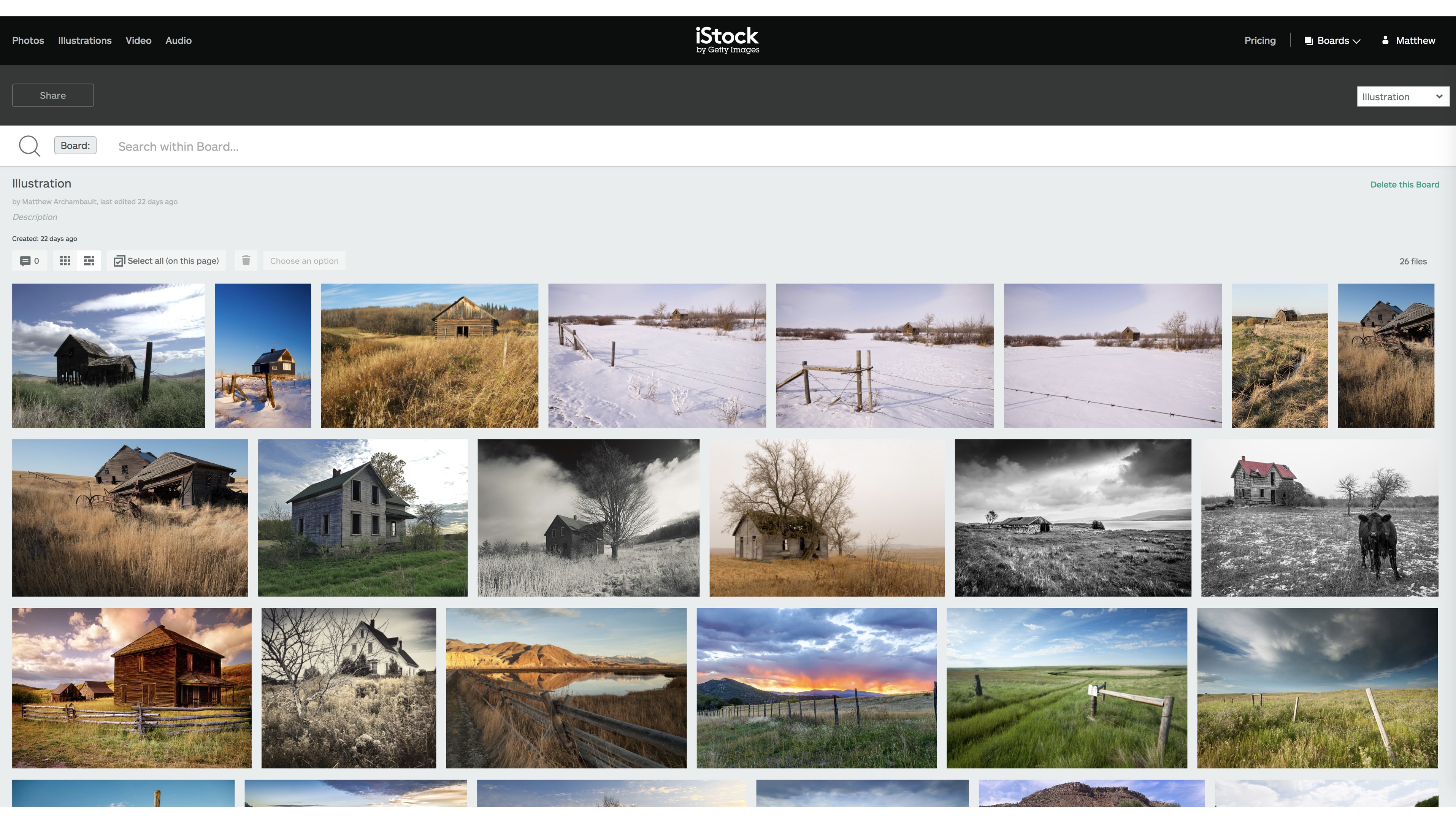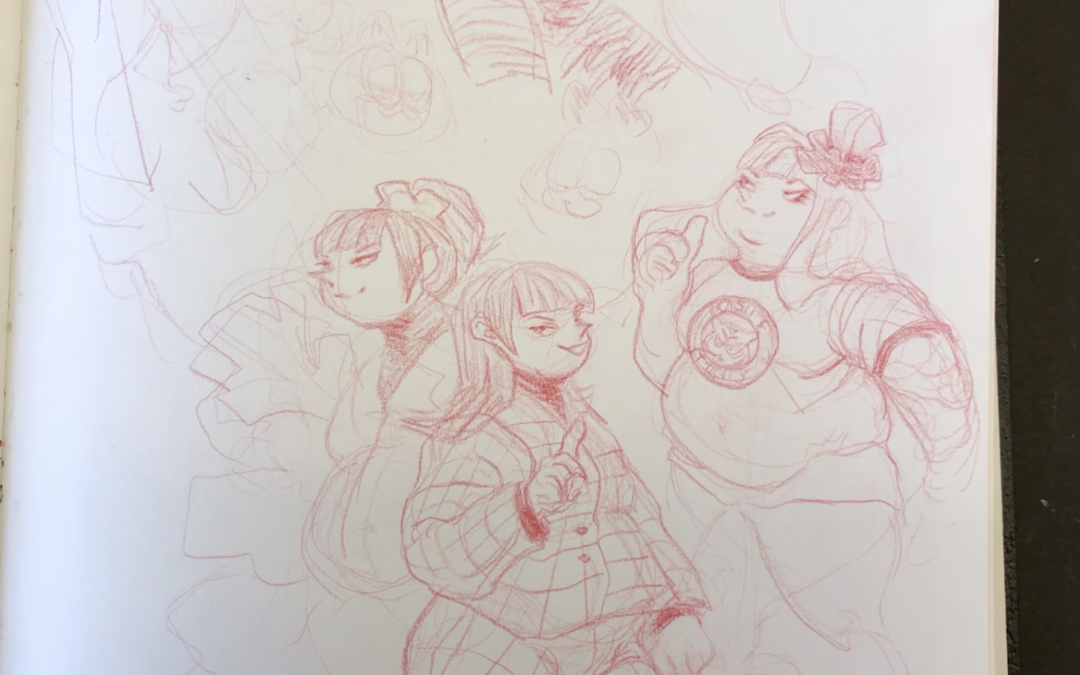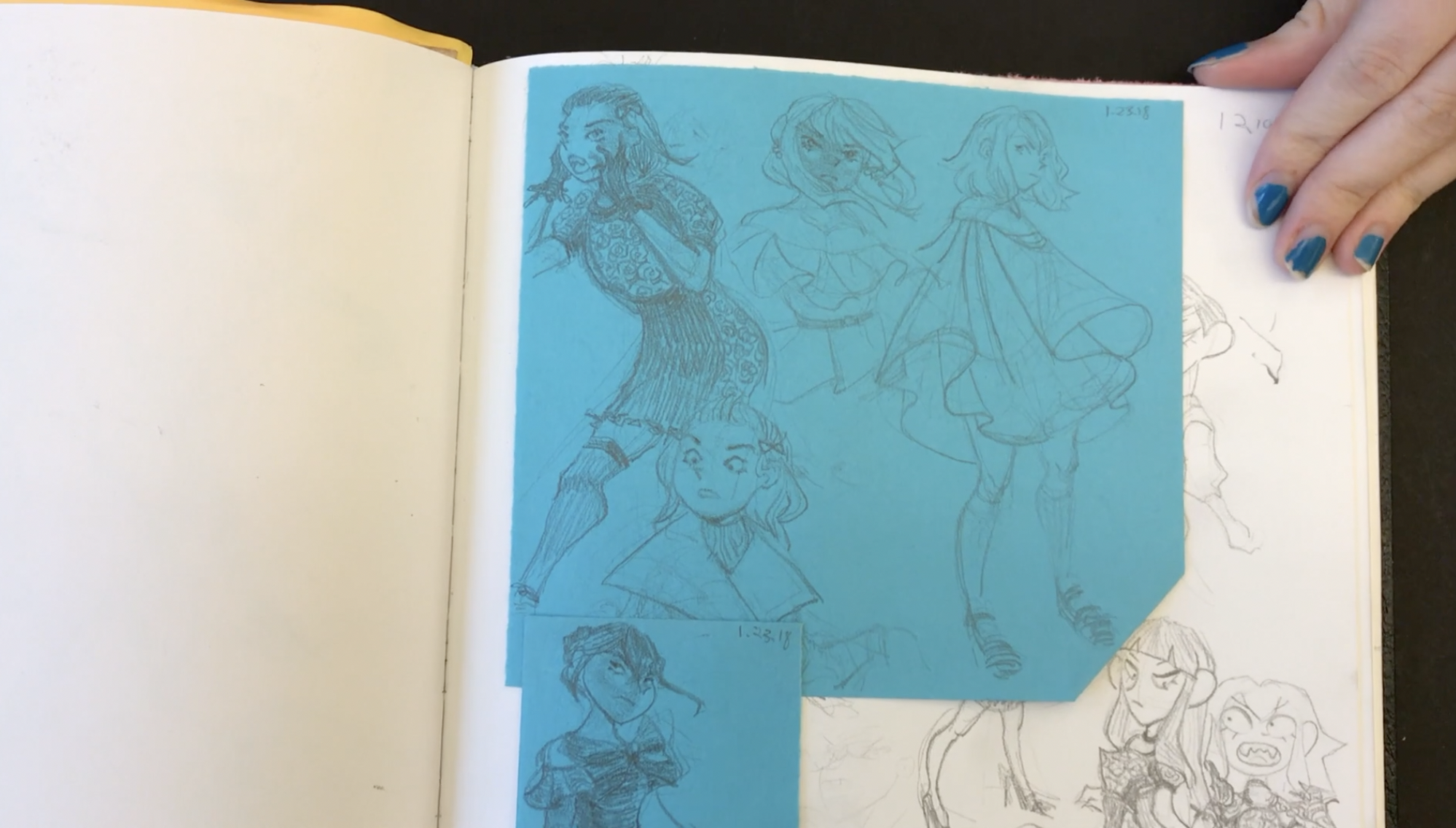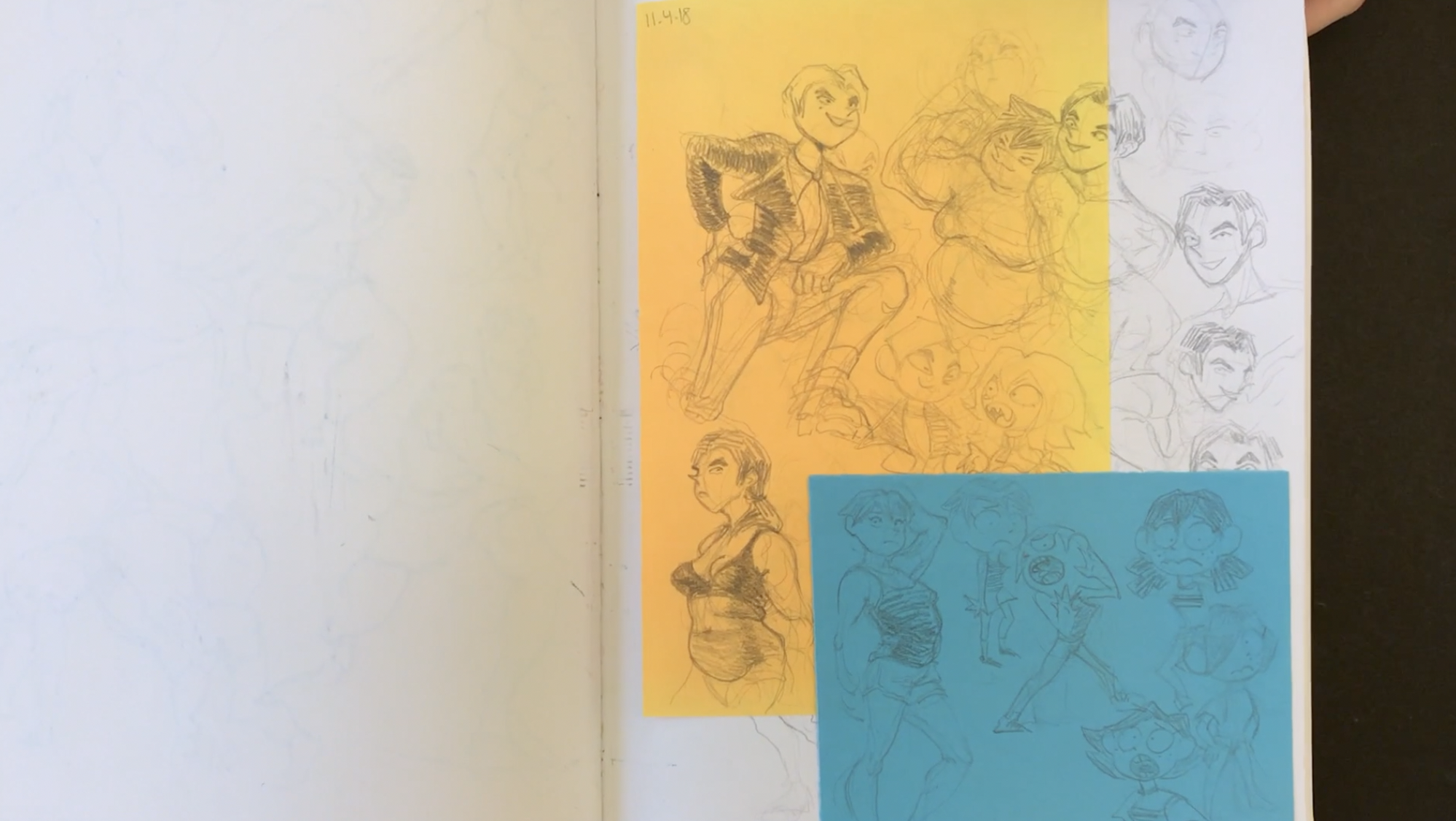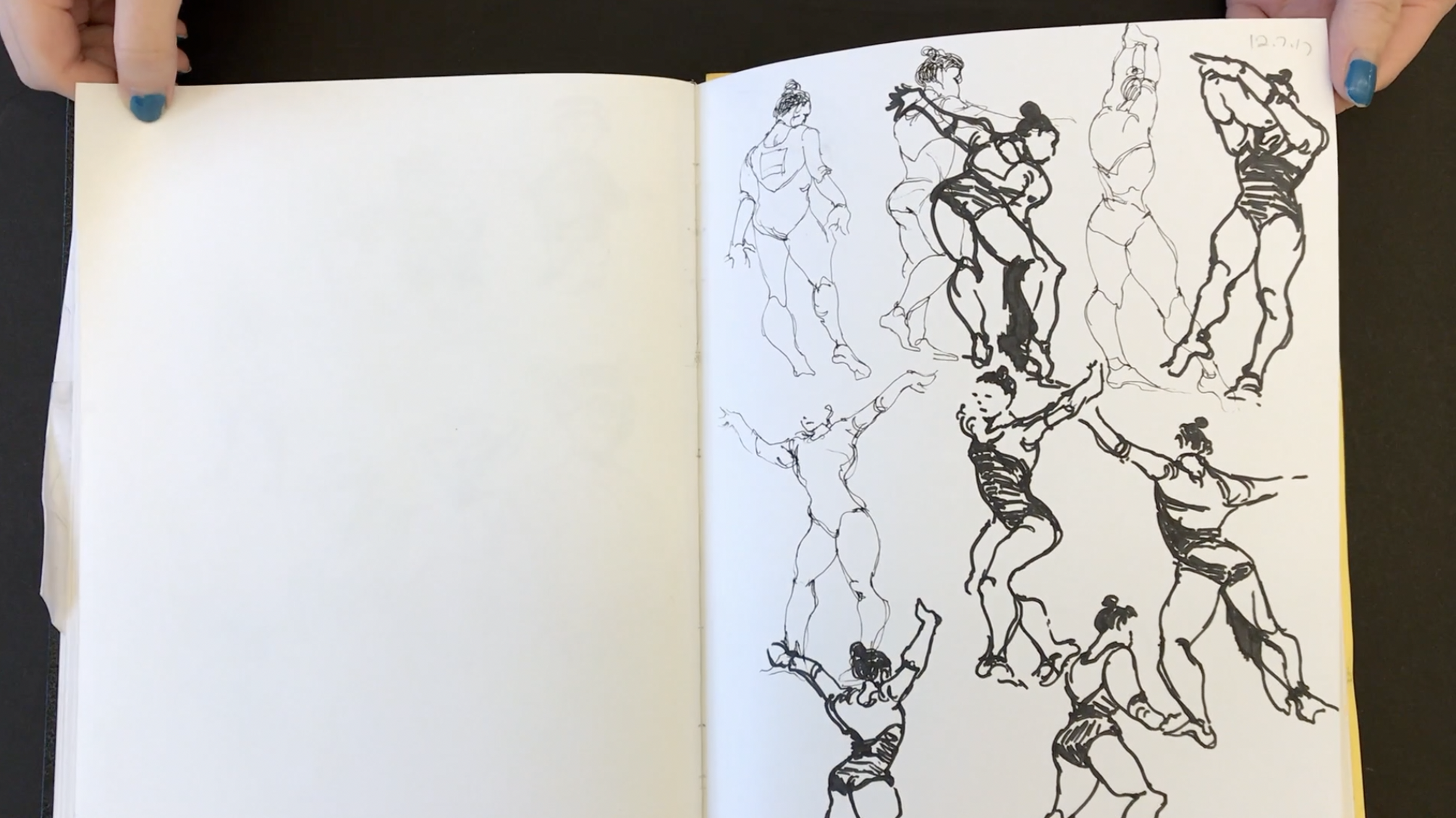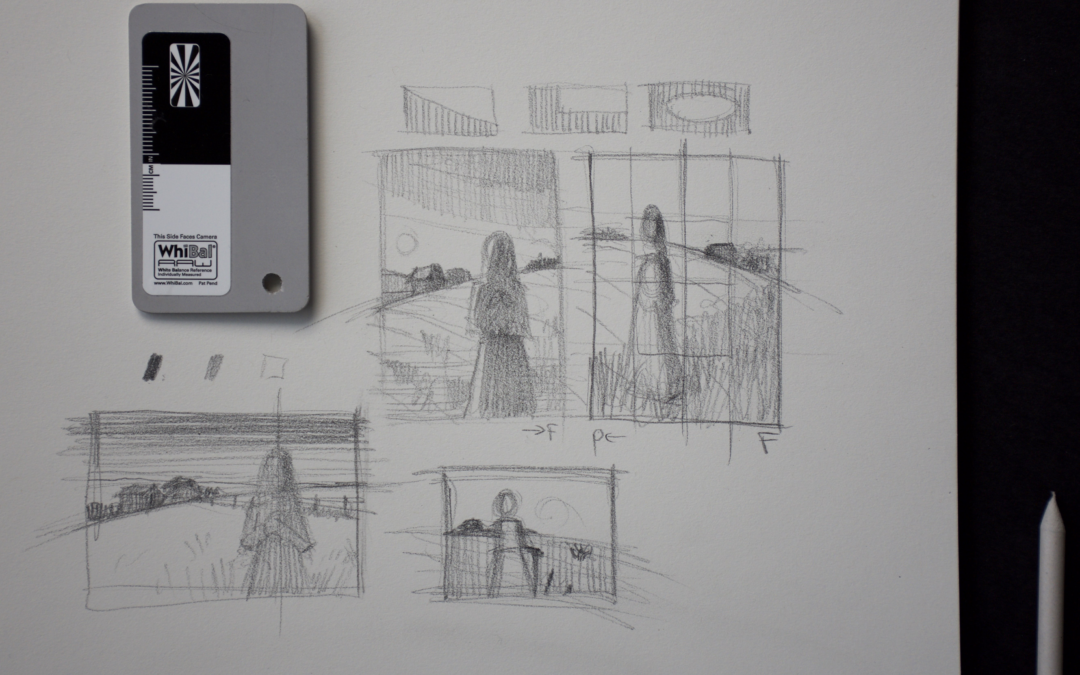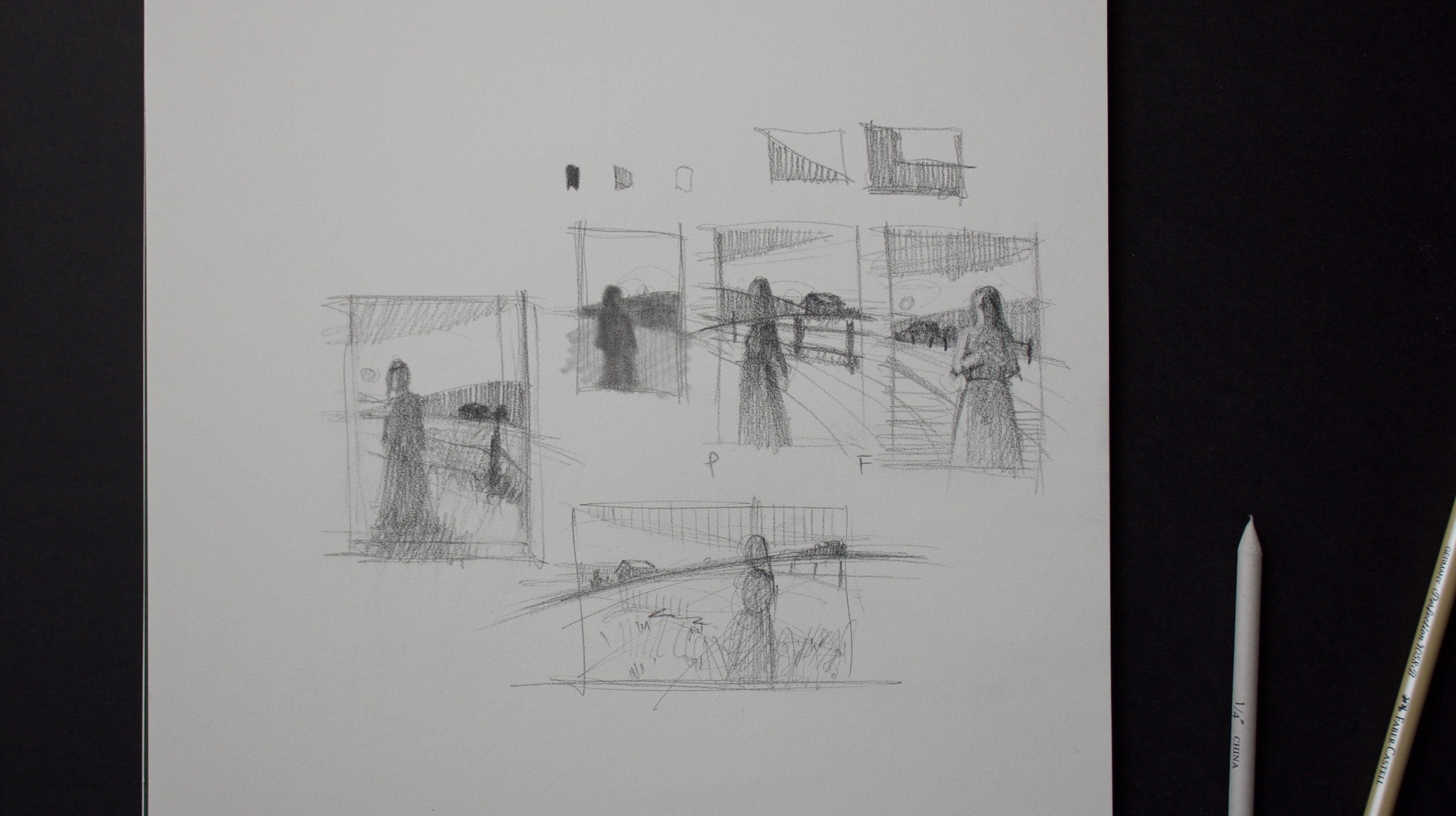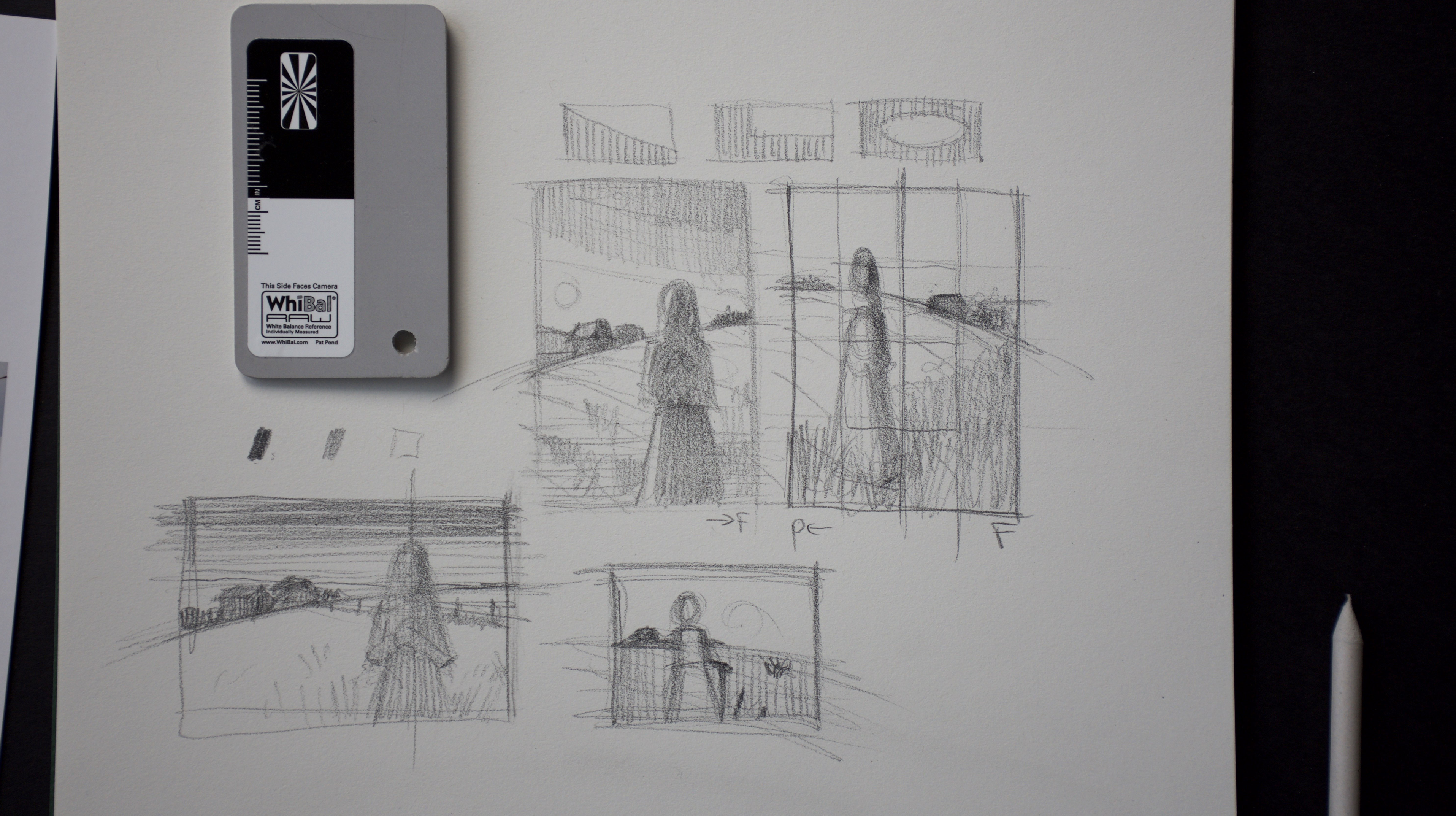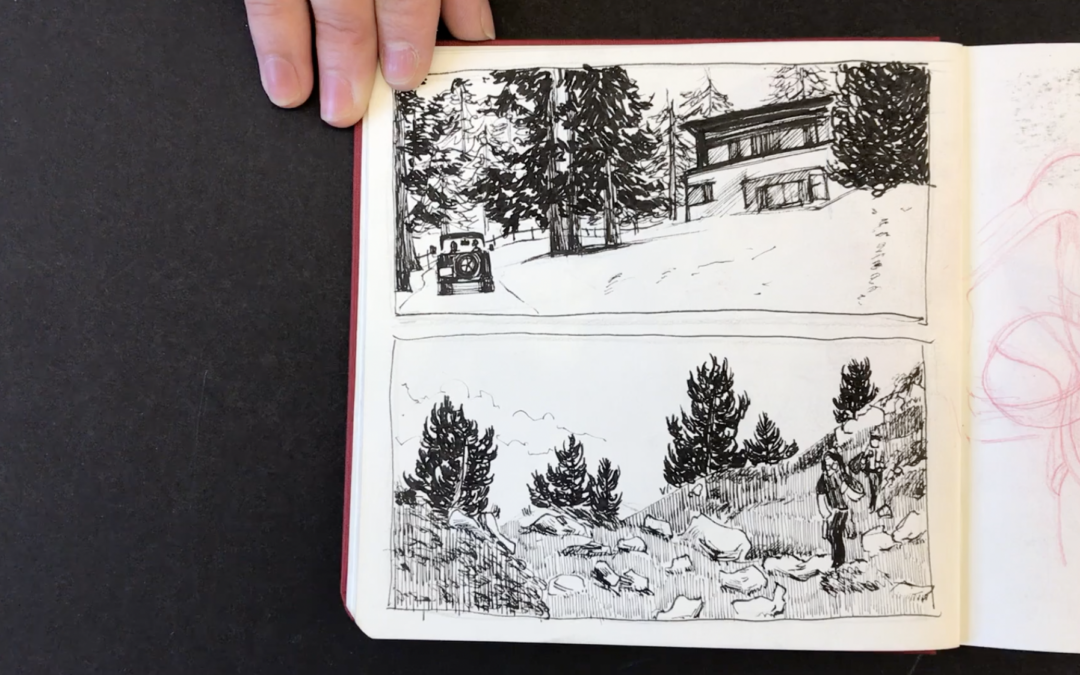
Alice’s Two Mini Sketchbooks
Okay you have definitely got to check out Alice’s two mini sketchbooks. All the way from Shanghai Alice can draw with the best of them. I knew from way back in September of 2017 that Alice had a lot of natural raw talent.
Her life drawing is super bold. Her life drawings are big and they have a ton of gesture. I really like how Alice adapts to different drawing environments. Her life drawings are really expressive. She draws mainly with her arm in class, not her fingers.
However in her tiny sketchbooks she is able to draw in such a loose way using just her fingers.
Arms, hands and fingers, you want to use them all when you draw. Always mix up what you are drawing on, just like Alice. In class she draws on a big 18 x 24 pad. However like she said in the video she is really comfortable drawing in a tiny 6″ x 6″ sketchbook. I love that sort of variety.
Be aware of how you draw. Draw only with your fingers and your drawings can look stiff. You want to be conscious of how you draw on a regular basis. When you start to move your arm you bring a loose gestural feeling into your drawings.
Alice is really progressing in class. The sketchbook that she is currently working on is amazing. I hope to film that one in a few weeks.
Thanks for watching. Alice thanks for sharing your sketchbooks!

